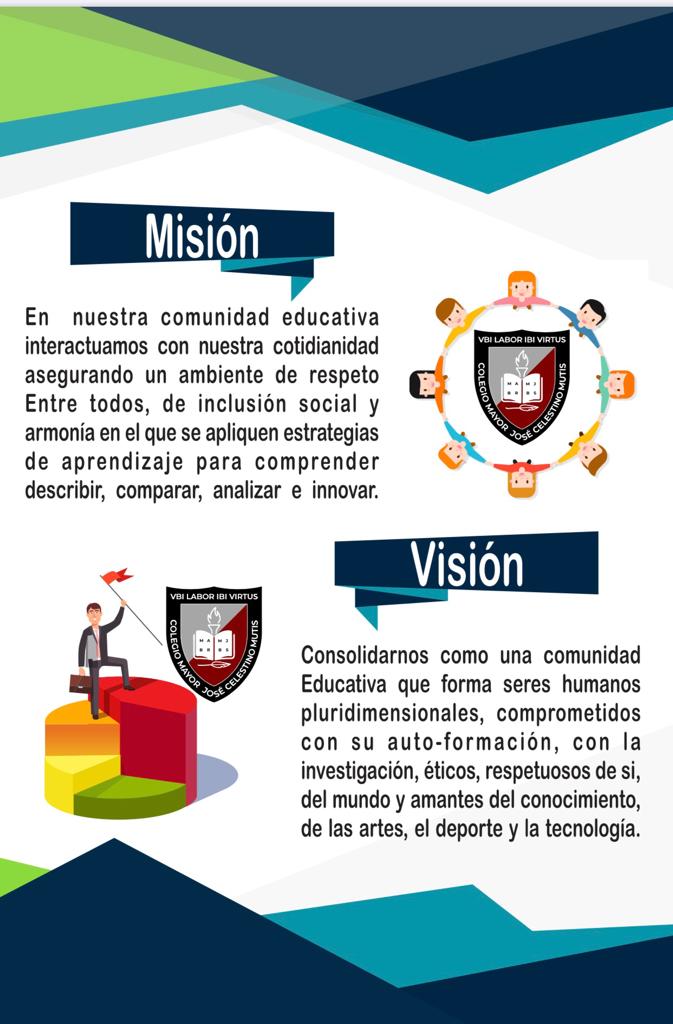The fifth highest percentage was for cases involving marijuana (36 percent), followed by alcohol (15 percent), oxycodone (13 percent), benzodiazepines (8 percent), hydrocodone (5 percent), tramadol (4 percent), and zolpidem (3 percent). A similar analysis for single-substance-only abuse for the same period showed that the three substances most likely to lead to a PC call following abuse were heroin (65 percent), oxycodone (47 percent), and tramadol (47 percent). The fourth highest percentage was for marijuana and ketamine (46 percent), followed by alcohol (43 percent), zolpidem (40 percent), hydrocodone (37 percent), illicit fentanyl (34 percent), benzodiazepines (32 percent), and cocaine (28 percent). Individuals aged 26 to 34 years had the highest relative prevalence of nonmedical marijuana use, with 26 percent reporting past-year use and 18 percent reporting past-month use.
More on Substance Abuse and Addiction
But Winehouse died from alcohol poisoning, alone in her flat, at age 27, five years after Back to Black, and so she became the sort of icon who now arouses great defensiveness in all corners—only now it’s too late for anyone to protect her in any real way. Overall, there are plenty of options available to help those struggling with cocaine abuse and addiction. Getting professional help as soon as possible is the best way to prevent a cocaine overdose; it can mean the difference between life and death.
Is it safe to use with alcohol?
Mixing alcohol and cocaine has also been shown to increase cravings for each substance, leading to a higher risk of dependence. If you or a loved one is addicted to cocaine, reach out to a doctor, or someone else you trust who may be able help you explore treatment options and find other sources of support. Support systems such cocaine addiction treatment as friends, family, treatment facilities, and other people recovering from addiction, can help you push through this phase. The organization Cocaine Anonymous offers resources and a community for people recovering from cocaine addiction. Listed below are some of the physical, behavioral, and psychological signs of cocaine use.
Find Treatment Centers For Cocaine Abuse And Addiction
Marijuana had the second-highest utilization-adjusted rate of estimated ED visits, ranging from 3,472 to 3,940 per 100,000 individuals 2,017 to 2,413 of which were single-substance visits. The utilization-adjusted rate of visits involving an alcohol disorder, the lowest of the three substances, ranged from 2,225 to 2,327 per 100,000 individuals, of which 1,775 to 1,843 were single-substance ED visits. For tertiary drugs at admission, marijuana (29 percent) was reported most frequently, followed by cocaine (18 percent), alcohol (16 percent), and heroin (5 percent), with all other comparators reported as less than 2 percent. In the first half of the twentieth century, marijuana use was curbed by several Federal laws. In 1931, the importation of marijuana into the United States began to be restricted under regulations under the Pure Food and Drug Act, except for medicinal purposes.
- Your chances of getting HIV, the virus that causes AIDS, are higher if you use cocaine.
- Addiction to this powerful stimulant develops easily, in part because the effects of the drug only last for a short time.
- They’ll often neglect people and activities that were once important to them.
- When life begins to revolve around finding and using cocaine in greater and greater amounts, daily responsibilities, overall health and wellbeing, and all the activities one used to enjoy will all become less important than one’s drug of choice.

Additionally, no safety concerns were identified in FDA’s review that would indicate that medical use of marijuana poses unacceptably high safety risks for the indications where there is some credible scientific evidence supporting its therapeutic use. The fifth factor that DOJ and HHS must consider under 21 U.S.C. 811(c) is the scope, duration, and significance of marijuana abuse. ICPS conducted serial, cross-sectional surveys from 2019 to 2021 of individuals ages 16 to 65 years living in the United States to understand the public health impact of marijuana legalization. HHS’s evaluation of that survey data focused on respondents who reported at least some past-year marijuana nonmedical use (by indicating that they were not a medical marijuana user, defined as someone who uses marijuana only to treat a medical condition).
The information we provide is not intended to be a substitute for professional medical advice, diagnosis or treatment. It should not be used in place of the advice of your physician or other qualified healthcare providers. The CSA requires that such actions be made through formal rulemaking on the record after opportunity for a hearing. If marijuana is transferred into schedule III, the manufacture, distribution, dispensing, and possession of marijuana would remain subject to the applicable criminal prohibitions of the CSA. Any drugs containing a substance within the CSA’s definition of “marijuana” would also remain subject to the applicable prohibitions in the Federal Food, Drug, and Cosmetic Act (“FDCA”).
The Dangers Of Cocaine Abuse
Top 30 Heroin Songs – Ultimate Classic Rock
Top 30 Heroin Songs.
Posted: Fri, 24 Mar 2023 07:00:00 GMT [source]
As their addiction grows, their lives begin to revolve around the drug. They’ll often neglect people and activities that were once important to them. Signs and symptoms of cocaine use include excitability, weight loss, insomnia, irritability and paranoia. Snorting cocaine may cause a runny nose or nosebleeds. Burns on the lips and fingers and a nagging cough indicate a person has been smoking crack.
These symptoms can vary in intensity and duration, making professional support essential during the withdrawal process. Dual diagnosis, also known as co-occurring disorders, refers to the presence of both a substance use disorder (such as cocaine addiction) and a mental illness. This combination can complicate treatment and recovery. Treating one without addressing the other leads to relapse or incomplete recovery. An unmistakable behavioral sign of cocaine addiction is the increased frequency of use. Individuals might be unable to control or limit their intake, resulting in frequent, sometimes constant, consumption of the substance.

